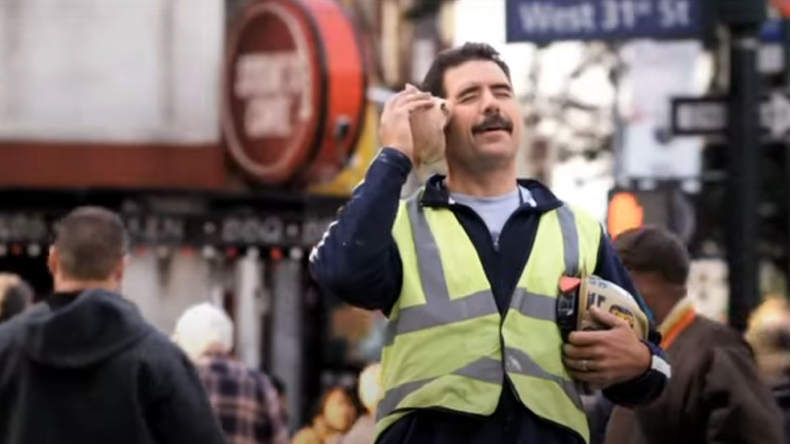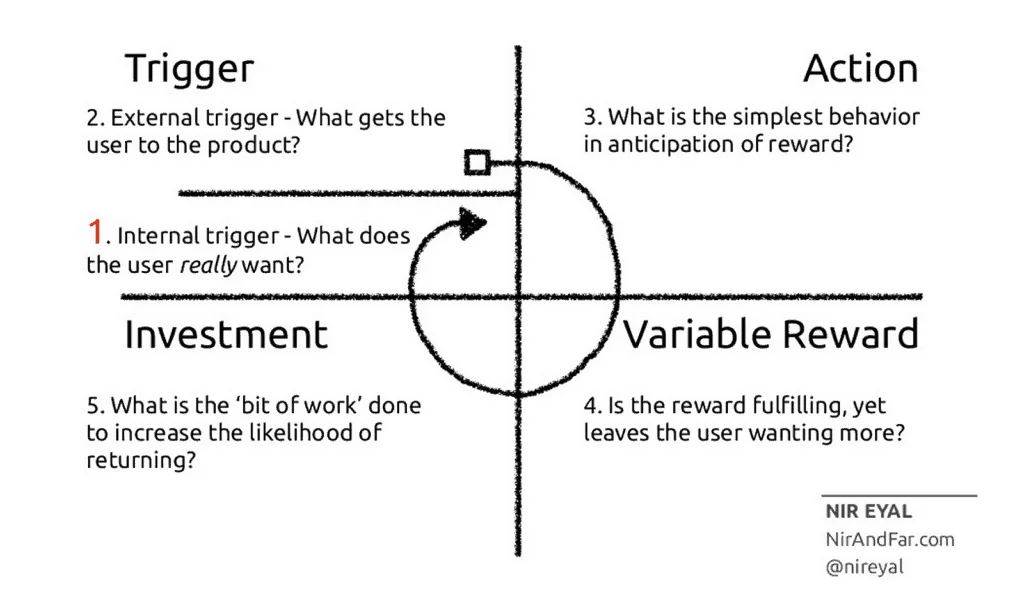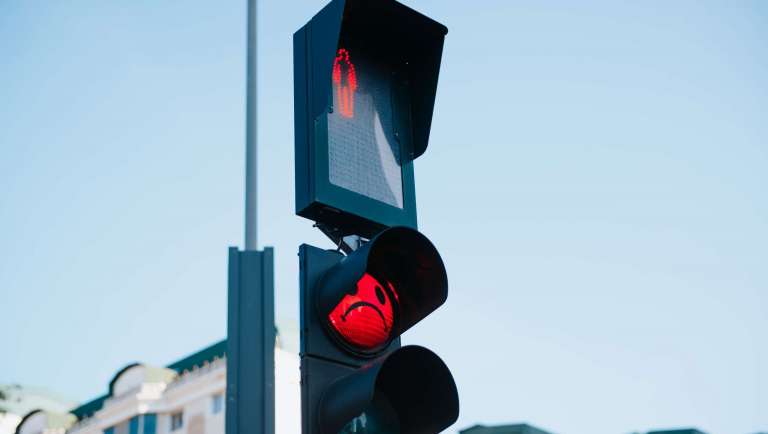Consumers scroll past dozens—if not hundreds—of messages every day. So why do some brands instantly click, while others barely register? It’s not just about pretty visuals or perfect timing—it’s about emotion.
Research in neuromarketing shows that most of our purchase decisions happen without us even realizing it. Harvard Business School professor Gerald Zaltman popularized this idea in How Customers Think. That means your marketing needs to do more than explain—it has to connect. The most effective campaigns don’t just educate; they move people.
Emotional Triggers Are the New CTA
Royal Caribbean nailed this in their now-iconic “Shellphone” campaign. They didn’t promote pricing or room upgrades. Instead, they leaned into digital fatigue, playfully inviting people to unplug with the line: “You don’t recharge it. It recharges you.”
Clever, yes—but also deeply relatable. It reframed a cruise not as a product, but as a much-needed emotional escape. As The New York Times reported, the Shellphone campaign took a humorous swipe at modern mobile culture, spoofing wireless plans to remind people that the ocean doesn’t need recharging. One ad’s voiceover asked, “When was the last time you visited me?”—a question that resonates differently when you’re running on empty.

“Emotional marketing is most powerful when it mirrors what people are going through and connects it back to your brand in an authentic way.” Andrea LeShea
Understanding the Hook Model
According to Nir Eyal’s Hook Model, effective habit-forming experiences follow a loop where triggers prompt action, rewards keep users coming back, and investment increases retention. That loop often starts with emotion. When your message speaks to what someone is already feeling—burnout, stress, the need to breathe—it feels personal, not pushy. HubSpot reinforces this idea: emotional marketing is most powerful when it mirrors what people are going through and connects it back to your brand in an authentic way.

The Hook Model outlines four key stages of habit formation. (Image: Nir Eyal, NirAndFar.com)
In the Shellphone campaign, the triggers were both external (funny copy, unplugging visuals) and internal (mental overload, the longing to reset). The reward? A promise of relief, fun, and freedom—no charger needed.
How to Use Emotional Triggers—Without Becoming Clickbait
Emotion is powerful—but only when it’s honest. Clickbait stirs up emotions just to get a click. Emotion-driven marketing builds trust by reflecting something real.
Clickbait might promise life-changing results and deliver disappointment. But when emotional triggers are rooted in actual audience insight, you’re offering relevance, not hype. One builds connection. The other burns it.
Here’s how to stay on the right side:
- Lead with a feeling. What’s your audience already going through—stress, curiosity, burnout? Start there.
- Show up at the right moment. Think about the time of year, what’s trending online, or key moments in your audience’s life.
- Make the payoff worth it. Whether you’re offering clarity, encouragement, or a laugh, leave them better than you found them.
Habit-forming marketing isn’t about manipulation. It’s about relevance. Done right, it doesn’t just convert—it resonates. And it earns the right to be remembered.
Habit-forming marketing isn’t about manipulation. It’s about relevance. Done right, it doesn’t just convert—it resonates. And it earns the right to be remembered.





